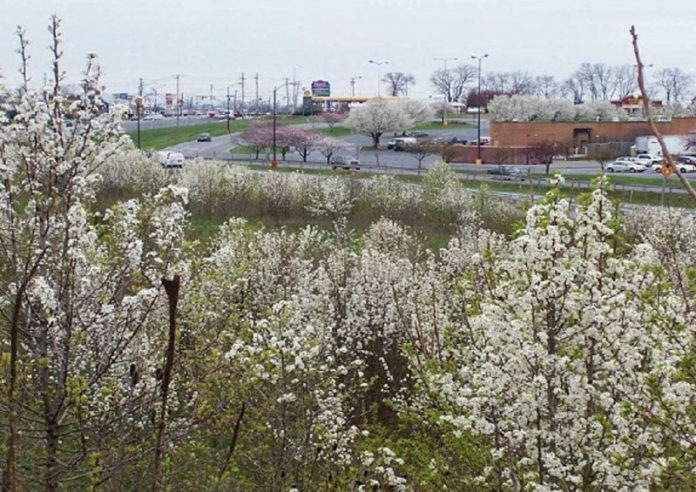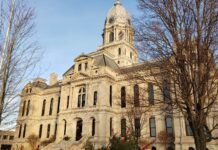Drive around Indiana, or anywhere in the Midwest, and you’re likely to see some trees that turn green early and have a beautiful white bloom early in spring. They’re likely Bradford pears, but state officials aren’t big fans and are asking residents to avoid planting them.
Megan Abraham, director of the Department of Natural Resources says they’ve become very popular because they’re inexpensive and grow quickly. The problem is they’ve become invasive, taking over space where native grasses and plants, along with oak, maple or hickory trees should be.
When Bradford pears first came on the market it was thought that they were sterile, but then they started cross-pollinating, and new varieties started flowering.
“Which meant that the birds could feed off of them, and the birds are moving them now to some areas that aren’t forested where they’re able to out-compete some of the native trees and forbs and grasses, changing some of these ecosystems around us,” she explains.
Abraham says millions of dollars a year are spent on pear trees in Indiana, and not only are they harming native vegetation, they’re not very sturdy and snap easily because they grow so fast.
Abraham says native trees provide acorns, seeds, and walnuts for wildlife. She says it’s not uncommon to see entire subdivisions to be made up solely of Bradford pears.
“This time of year, the only thing that’s out there that’s green that’s a deciduous tree is either a pear or a honeysuckle,” she notes. “Both are invasive species, and if it’s in the middle of a field where it doesn’t look like somebody intentionally planted it, it’s probably a pear tree.”
The DNR is advising homeowners who already have Bradford pear trees that they don’t have to remove them, but should avoid planting new ones.
“We haven’t gone anywhere near the idea of trying to ban their sale or anything like that, we just really want to make them aware of something that they’re not aware of,” she says.





